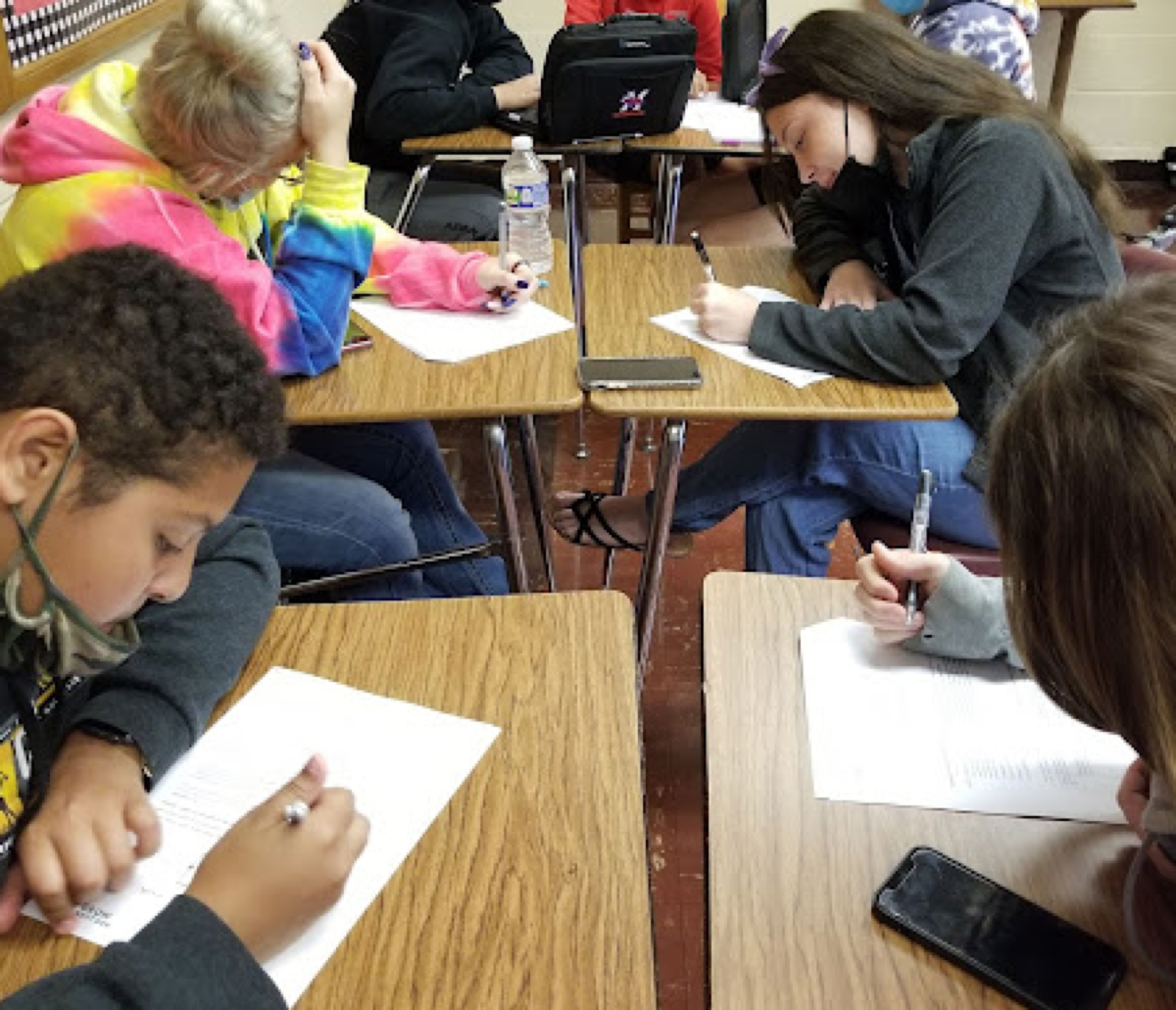
Classification is an important critical thinking skill and a key part of much of modern science. Tonia Prombo’s biology students in Morrison, Illinois used their classification skills to work through several phylogeny activities. Prombo was able to incorporate a plant activity that she learned about in the North Dakota Exploring Biotech and Biofuels workshop last summer.
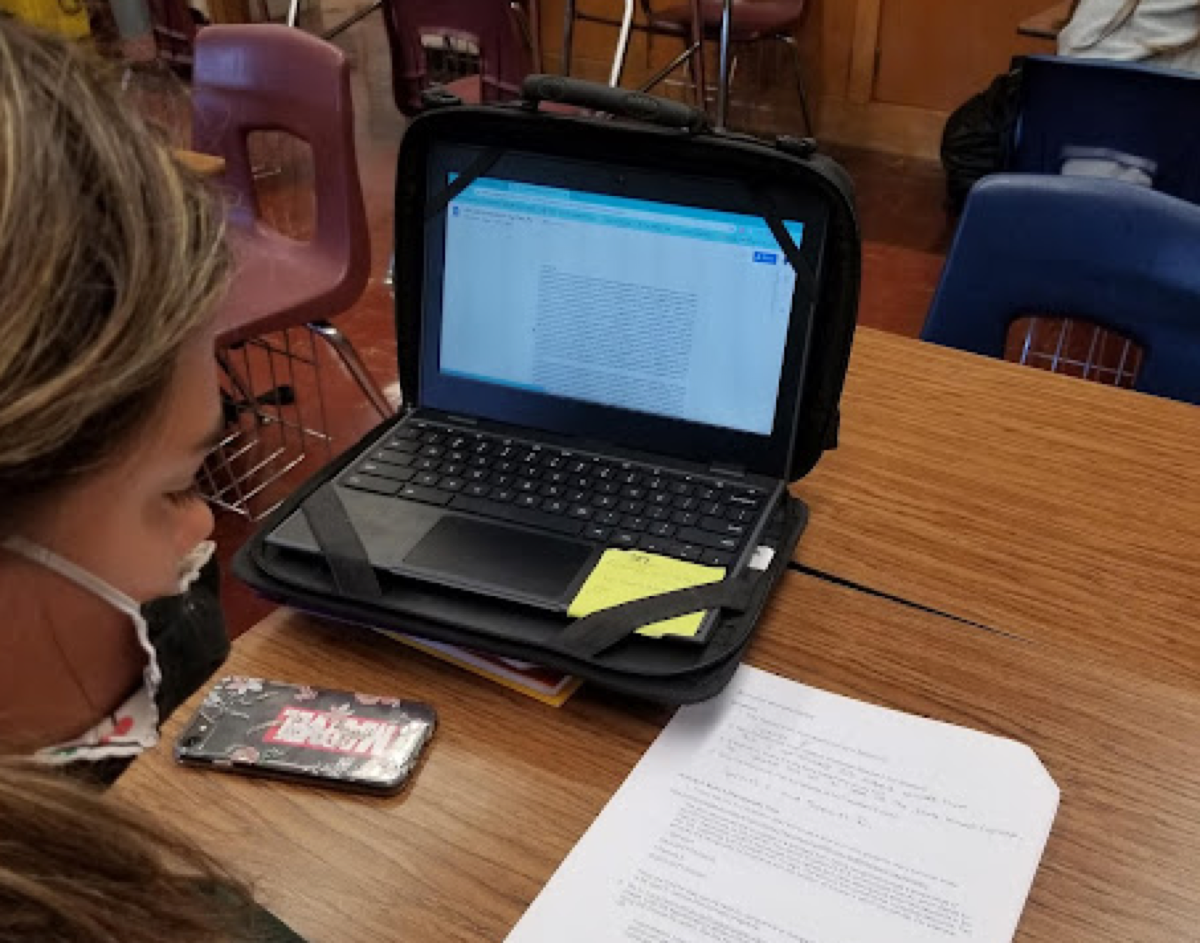
Each plant is classified according to broad categories based on characteristics they share. New DNA technology has allowed us to be more specific in determining the “relatives” of plants. This activity on the GrowNextGen website helps students understand the various ways of classifying to show these different relationships.
Prombo’s class had completed a lion phylogeny activity to examine how lion populations in Africa are potentially related. “This was a great opportunity for my students to transfer what they were learning to something else—in this case, the food we consume that is plant based,” Prombo said. “Completing the lion activity allowed for this activity to go more smoothly and for them to have a better understanding of how to interpret a phylogenetic tree. These activities are a good way for students to examine evolutionary relationships and the great thing is that there are always surprises in the various connections they find.”
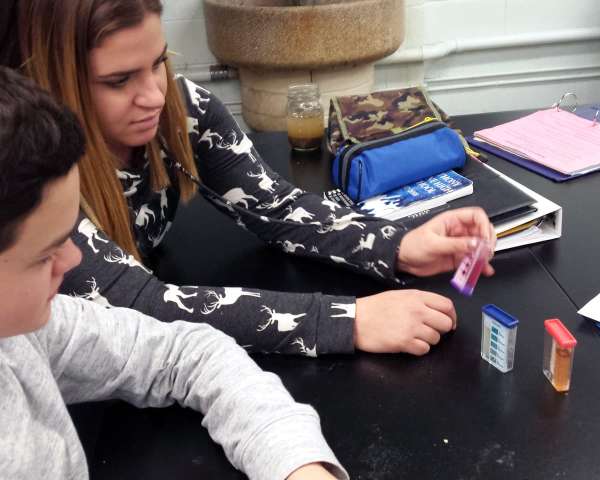
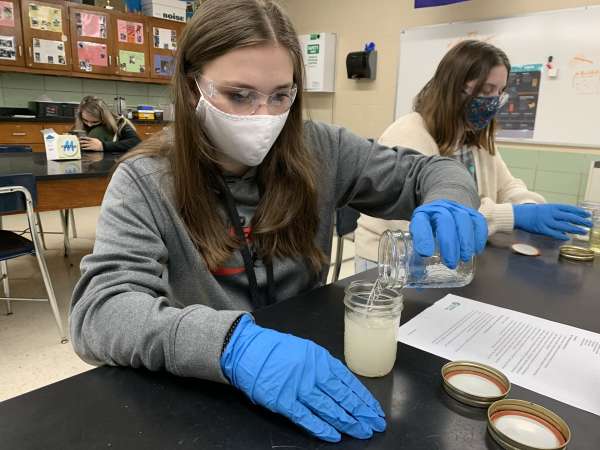

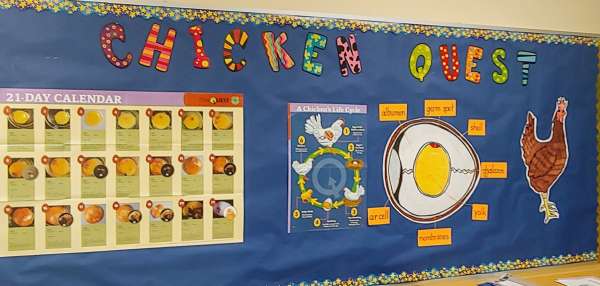
Share this